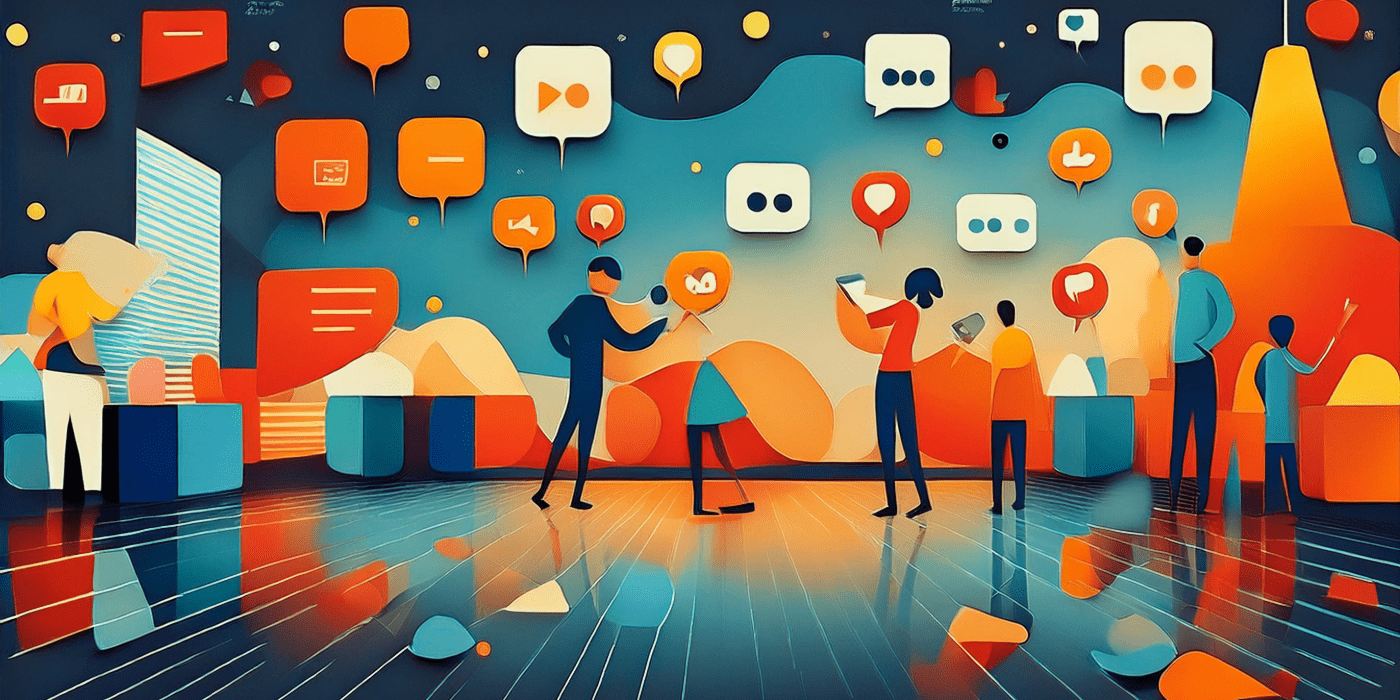Artificial Intelligence (AI) is no longer confined to research labs or futuristic novels. It’s here, woven into the fabric of our daily lives, transforming the way we think, act, and solve problems. From redefining strategic decisions in boardrooms to simplifying everyday problem-solving at home, AI is reshaping how we make choices. The exciting part? AI and decision-making are not about replacing human thought but enhancing and amplifying it—a powerful collaboration that holds immense potential.
The Human-AI Partnership in Strategic Thinking
Strategic decisions have traditionally been rooted in human intuition, experience, and analytical reasoning. Enter AI, a game-changer that processes vast datasets, detects nuanced patterns, and predicts outcomes with impressive precision. This doesn’t mean humans are sidelined; instead, AI equips decision-makers with unparalleled insights to complement their judgment.
AI and decision-making transform the process by revealing trends and patterns that might be invisible to the human eye. It can simulate potential outcomes based on countless variables, empowering leaders to make decisions grounded in data rather than guesswork. For instance, businesses can now simulate market scenarios to prepare for economic changes, and healthcare organizations can predict resource needs during crises.
Real-World Applications:
- Business Strategy: Organizations use AI to dissect market trends, forecast demand, and fine-tune supply chains. This empowers leaders to balance innovation with calculated risks.
- Healthcare: AI supports medical professionals in evaluating treatment options, predicting patient outcomes, and optimizing resource allocation. For example, predictive algorithms help identify patients at risk of developing complications, enabling timely interventions.
- Finance: From fraud detection to dynamic portfolio management, AI enables financial institutions to navigate volatile markets with greater confidence. By analyzing real-time market data, AI and decision-making provide traders with insights that optimize their investment strategies.
AI doesn’t just analyze numbers—it brings clarity to complexity, helping strategists uncover opportunities and avoid potential pitfalls. Yet, the human touch remains indispensable: emotional intelligence, ethical decision-making, and creative problem-solving are uniquely human strengths that AI cannot replicate. These qualities add depth and empathy to decisions, ensuring they align with societal values and human needs.
How AI Elevates Everyday Problem-Solving
While AI’s influence on strategic thinking is transformative, its impact on daily life is equally profound. From smart assistants to recommendation algorithms, AI seamlessly integrates into our routines, solving problems often before we realize they exist.
AI and decision-making extend beyond convenience. They enable individuals to make informed decisions faster and with greater accuracy. Consider how language translation apps break down communication barriers in real time, or how health monitoring devices provide insights into physical well-being. The result is a more empowered, connected, and efficient society.
Everyday Examples:
- Personalized Recommendations: Whether Netflix curates your next binge-worthy series or Spotify tailors your playlist, AI makes your choices feel personal and intuitive. These systems use advanced algorithms to analyze your preferences and predict what you’ll enjoy most.
- Navigation and Travel: AI-driven GPS apps not only find the fastest routes but consider factors like traffic, weather, and your preferences for scenic or toll-free roads. Ride-sharing apps like Uber and Lyft rely on AI to match riders with drivers efficiently.
- Time Management: Virtual assistants such as Siri and Google Assistant streamline your schedule, setting reminders and managing tasks to boost your productivity. They can even suggest optimal times for meetings based on your calendar.
These tools aren’t about taking over; they’re about giving us the freedom to focus on what truly matters by handling the repetitive and mundane. They also provide accessibility, helping individuals with disabilities navigate their environments and complete everyday tasks with ease.
Navigating Challenges and Ethical Considerations
As AI becomes an integral part of decision-making, challenges like bias, data privacy, and over-dependence demand attention. Addressing these concerns is crucial to ensure technology serves humanity’s best interests.
AI and decision-making bring significant ethical responsibilities to developers and organizations. A poorly designed algorithm can amplify biases, making it vital to prioritize fairness and inclusivity during development. Similarly, the sheer volume of data collected by AI systems raises questions about user privacy and consent. Balancing innovation with ethical accountability is key.
Key Concerns:
- Bias and Fairness: AI systems reflect the biases in the data they are trained on. Ensuring datasets are diverse and representative is essential to avoid reinforcing inequalities. For instance, biased hiring algorithms have led to discriminatory outcomes, highlighting the need for transparent and equitable practices.
- Transparency: Users need clarity on how AI arrives at decisions, particularly in critical areas like hiring, lending, or legal rulings. Explainable AI, which provides insights into decision-making processes, is gaining traction as a solution.
- Dependence on AI: Over-reliance risks diminishing human critical thinking and accountability, potentially leading to unintended consequences. Ensuring humans remain involved in high-stakes decisions helps mitigate this risk.
Ethical AI practices, transparency, and active human oversight are the pillars of responsible AI implementation. Organizations must also engage in ongoing conversations with stakeholders, including policymakers, to address these challenges proactively.
The Future of Decision-Making: Collaboration Over Competition
The future of decision-making isn’t about humans versus machines; it’s about harnessing the strengths of both. As AI evolves, its role as a co-pilot in decision-making will only grow, providing insights while leaving the final say to human judgment. This partnership can drive innovation, solve global challenges, and foster equitable solutions.
AI and decision-making hold immense promise in addressing large-scale problems like climate change, global health crises, and economic inequality. By combining AI’s analytical power with human creativity and empathy, we can craft solutions that are both effective and compassionate.
Key Takeaways:
- AI elevates decision-making with data-driven insights and predictive capabilities.
- Human attributes like creativity, empathy, and ethical reasoning remain irreplaceable.
- A collaborative approach between AI and humans unlocks potential while addressing critical challenges.
Conclusion: Shaping the Role of AI in Decision-Making
AI and decision-making are reshaping how we approach choices—from high-stakes strategic planning to everyday problem-solving—by complementing human strengths with technological precision. However, as we embrace its possibilities, we must remain mindful of its limitations and the ethical questions it raises. The art of decision-making is, at its core, about the values and principles that guide our choices.
Looking ahead, the real question isn’t whether AI will influence decision-making but how we, as a society, will shape its role. By fostering a partnership between human insight and AI capabilities, we can create a future where technology empowers us to make better, smarter, and more impactful decisions.
This future holds immense promise, but it requires intention, collaboration, and accountability. Together, humans and AI can redefine what it means to solve problems and make decisions in the modern world, ensuring that progress benefits everyone and leaves no one behind.




